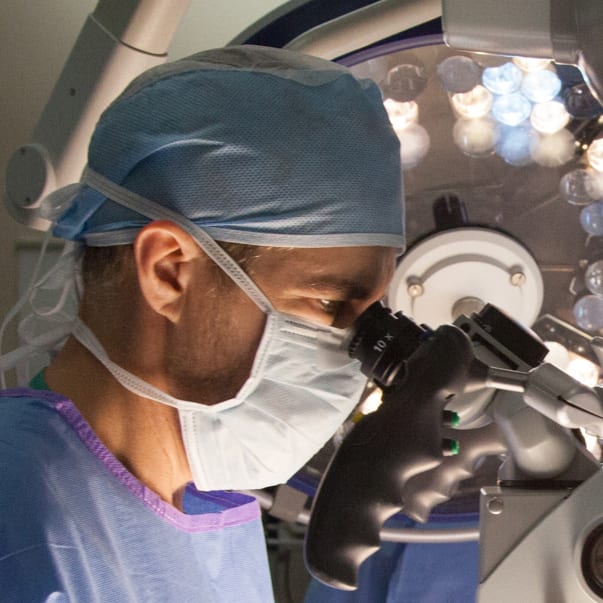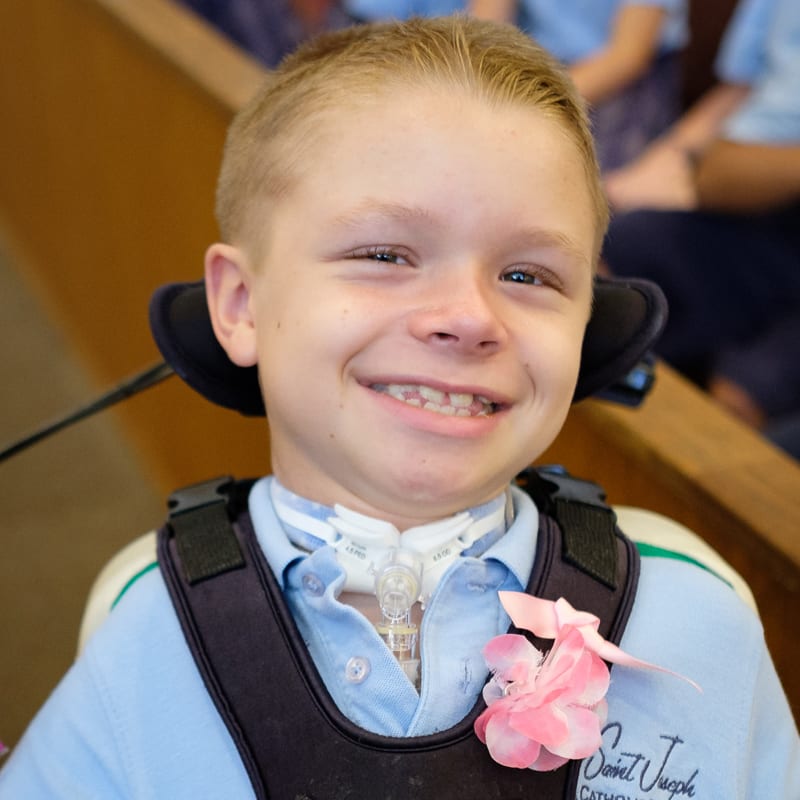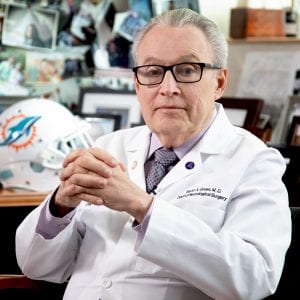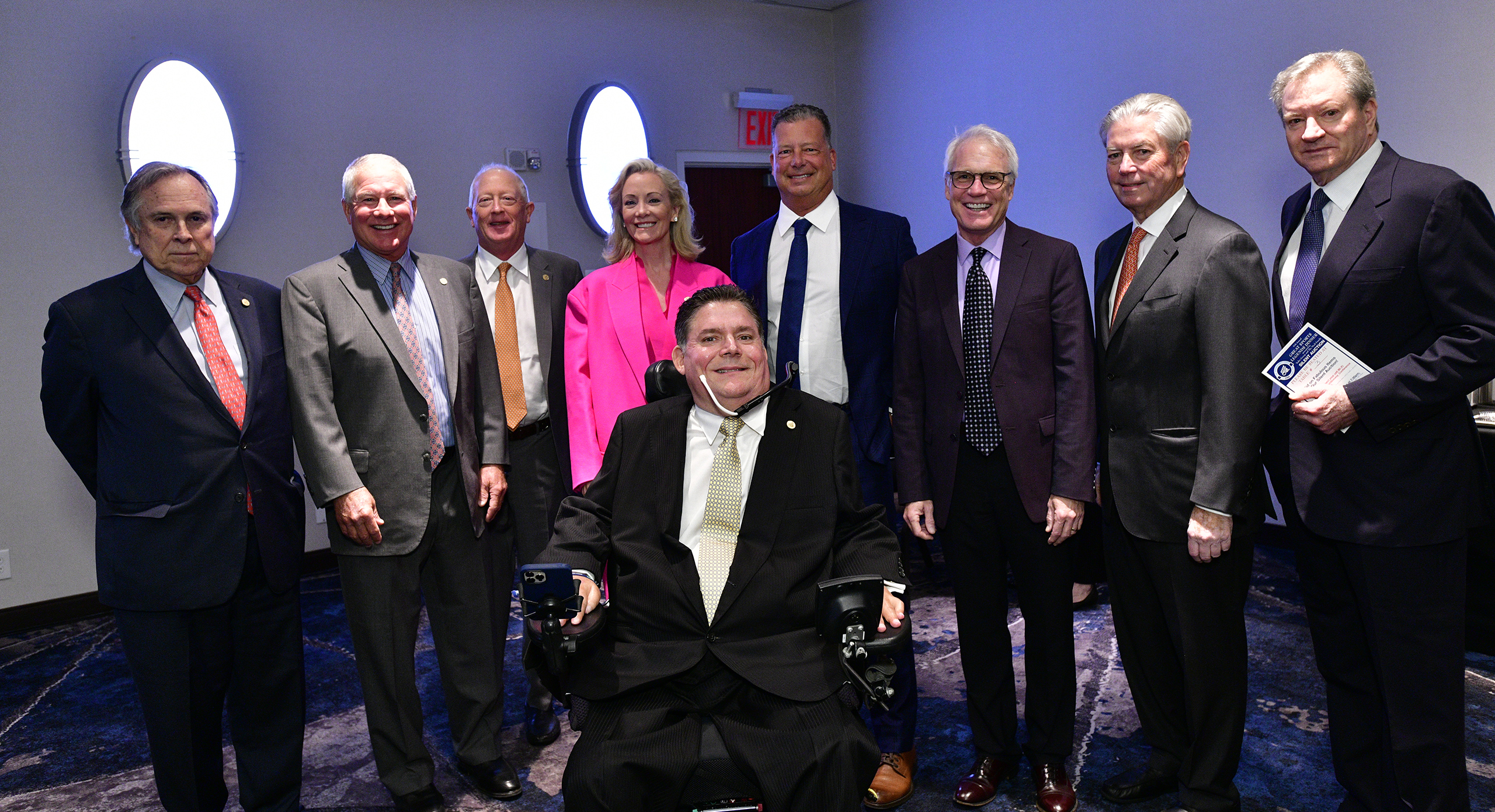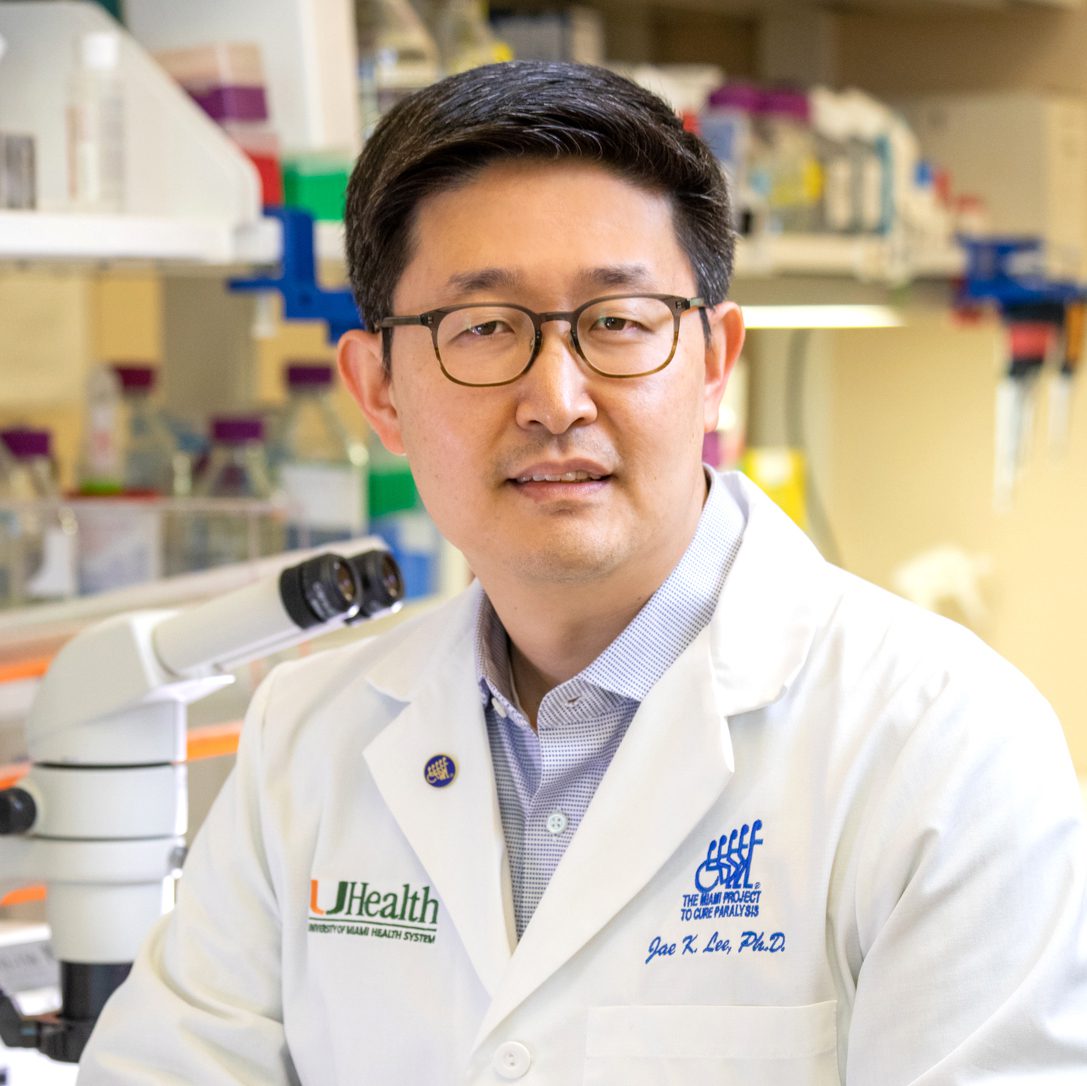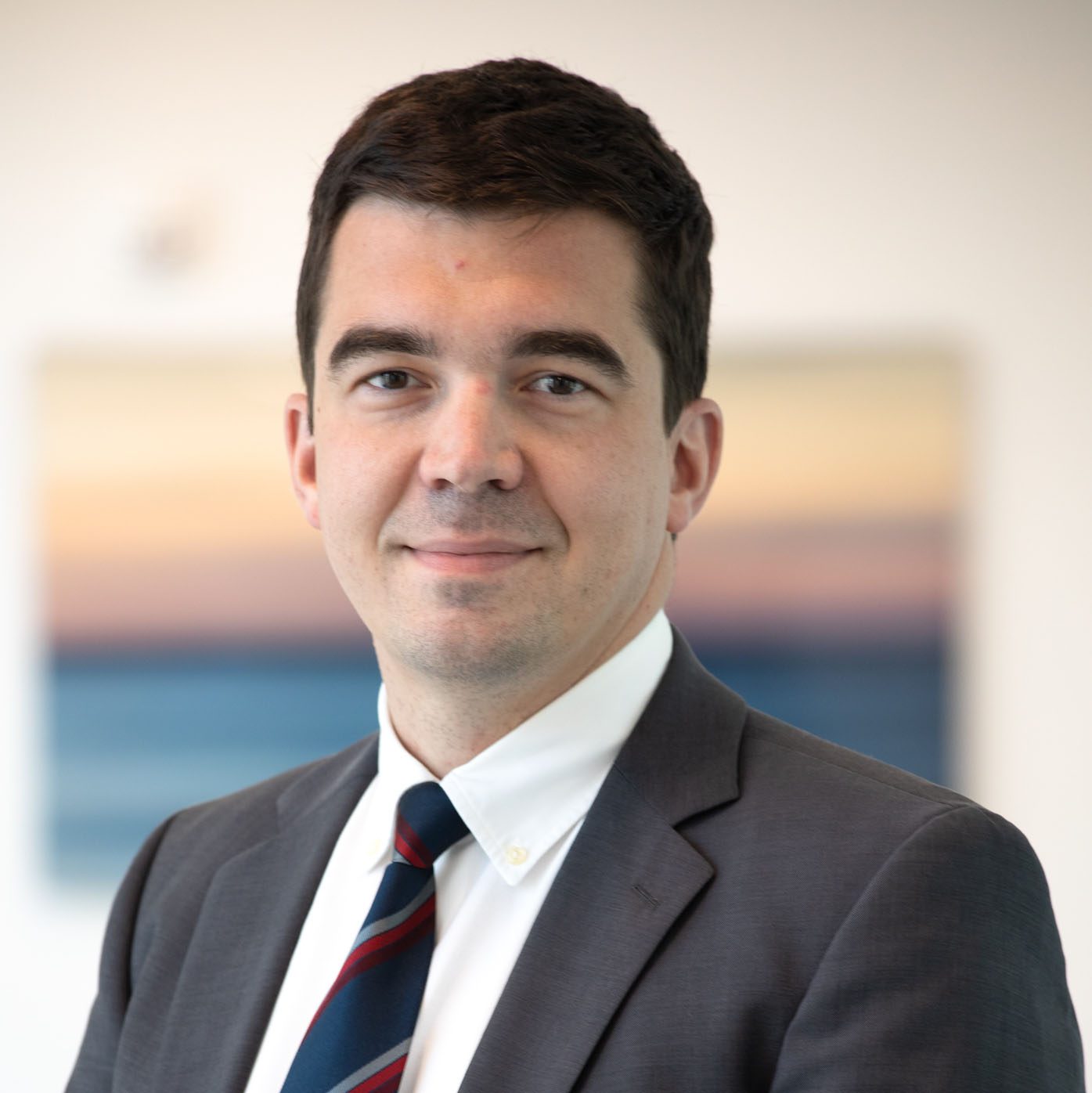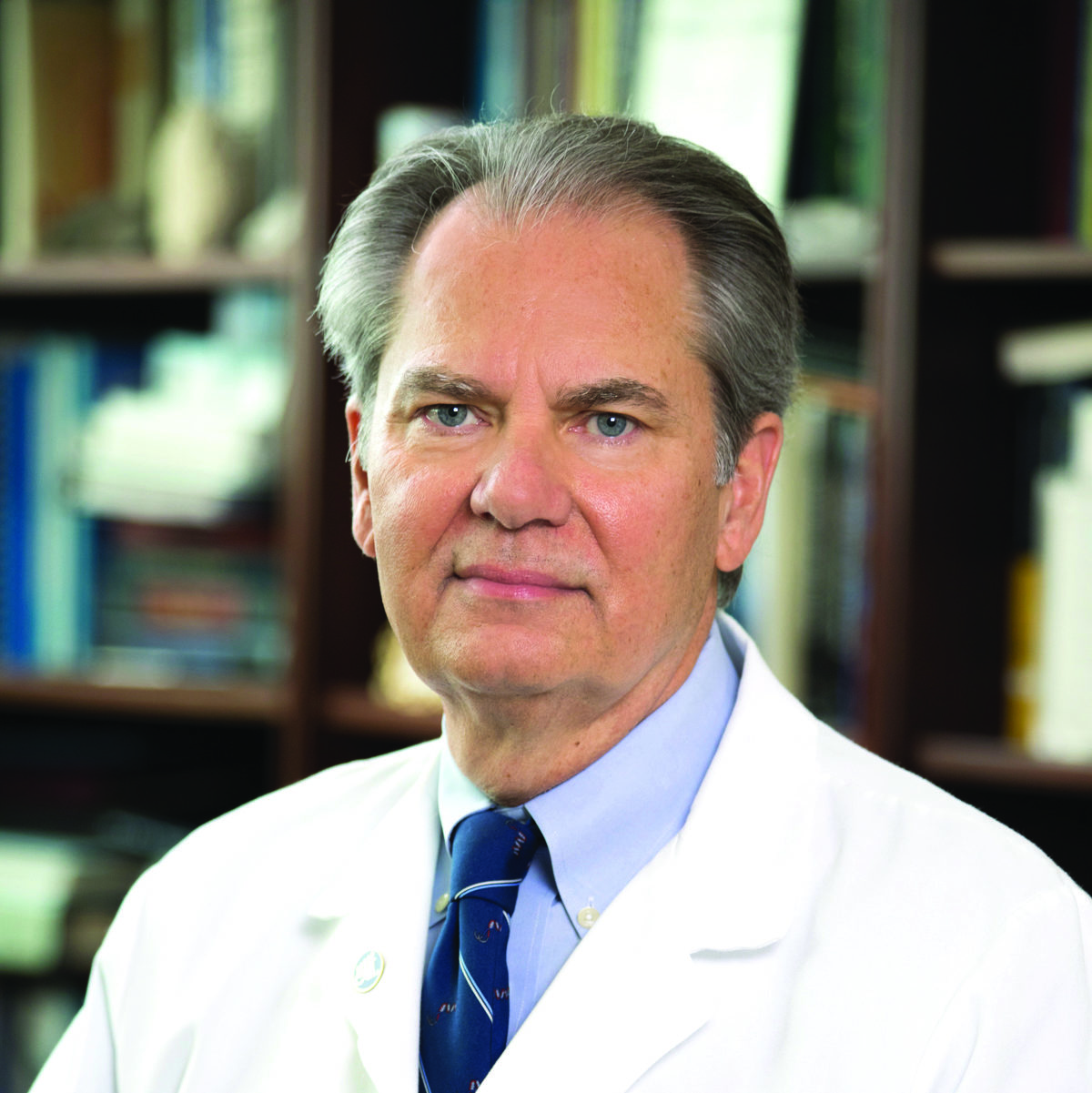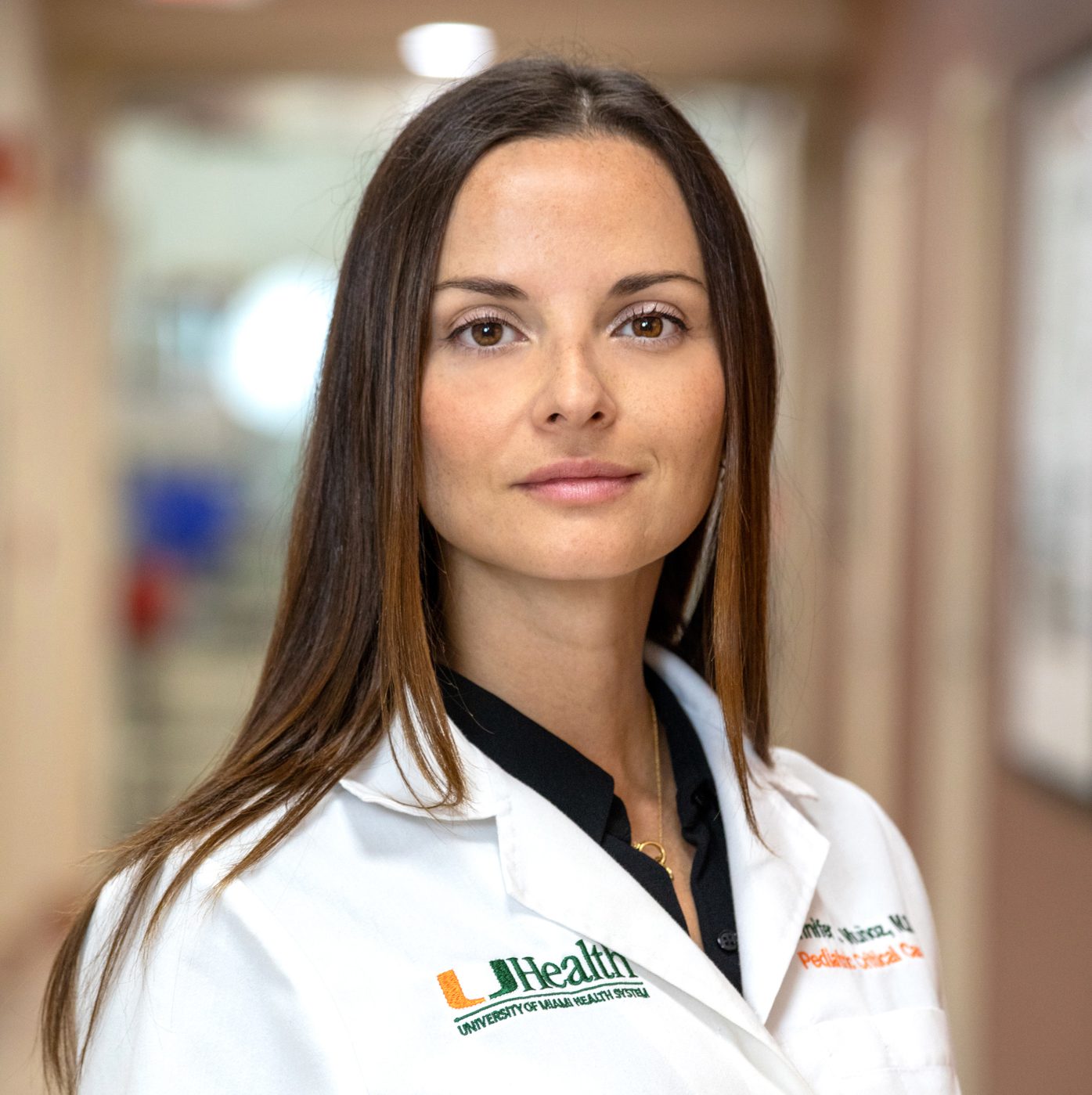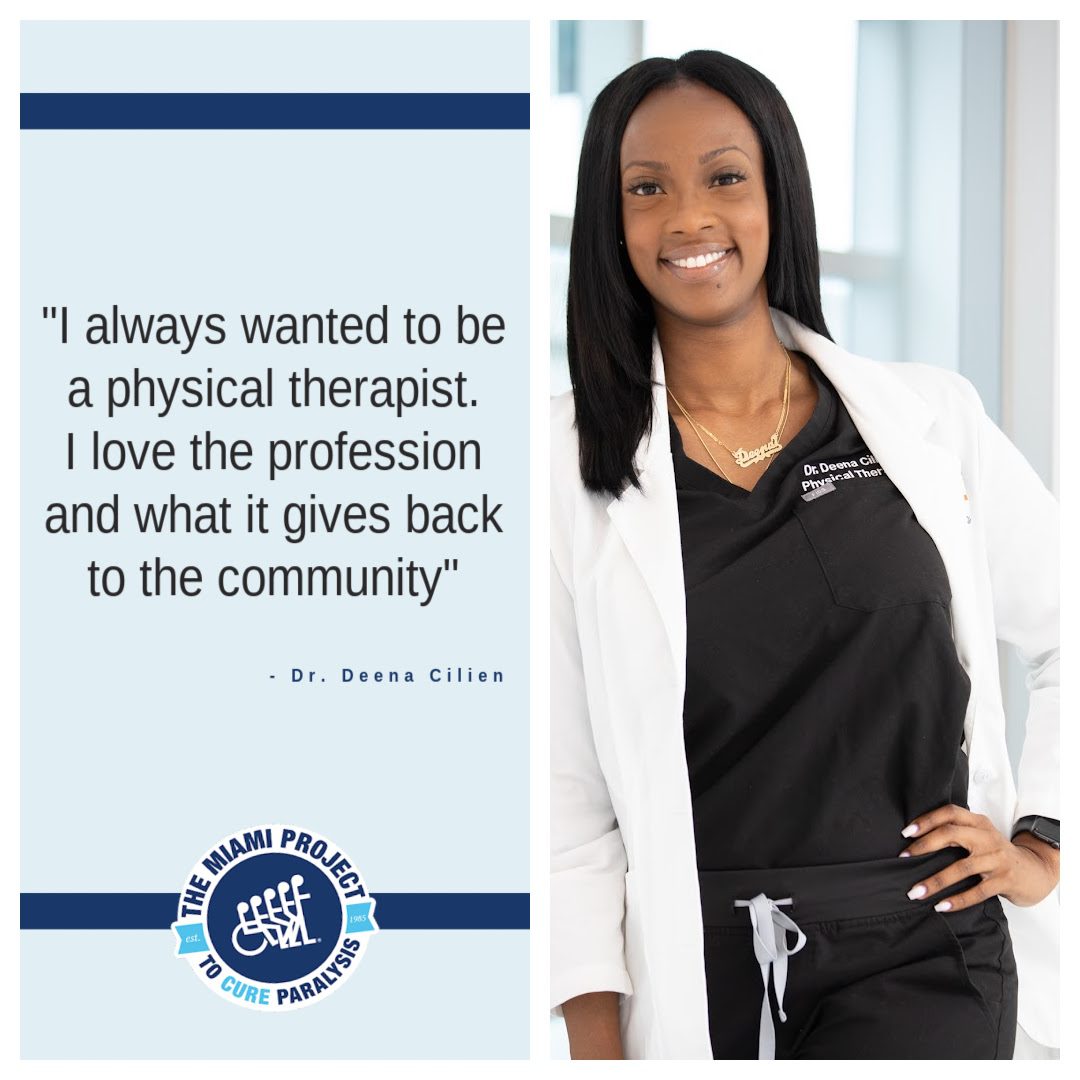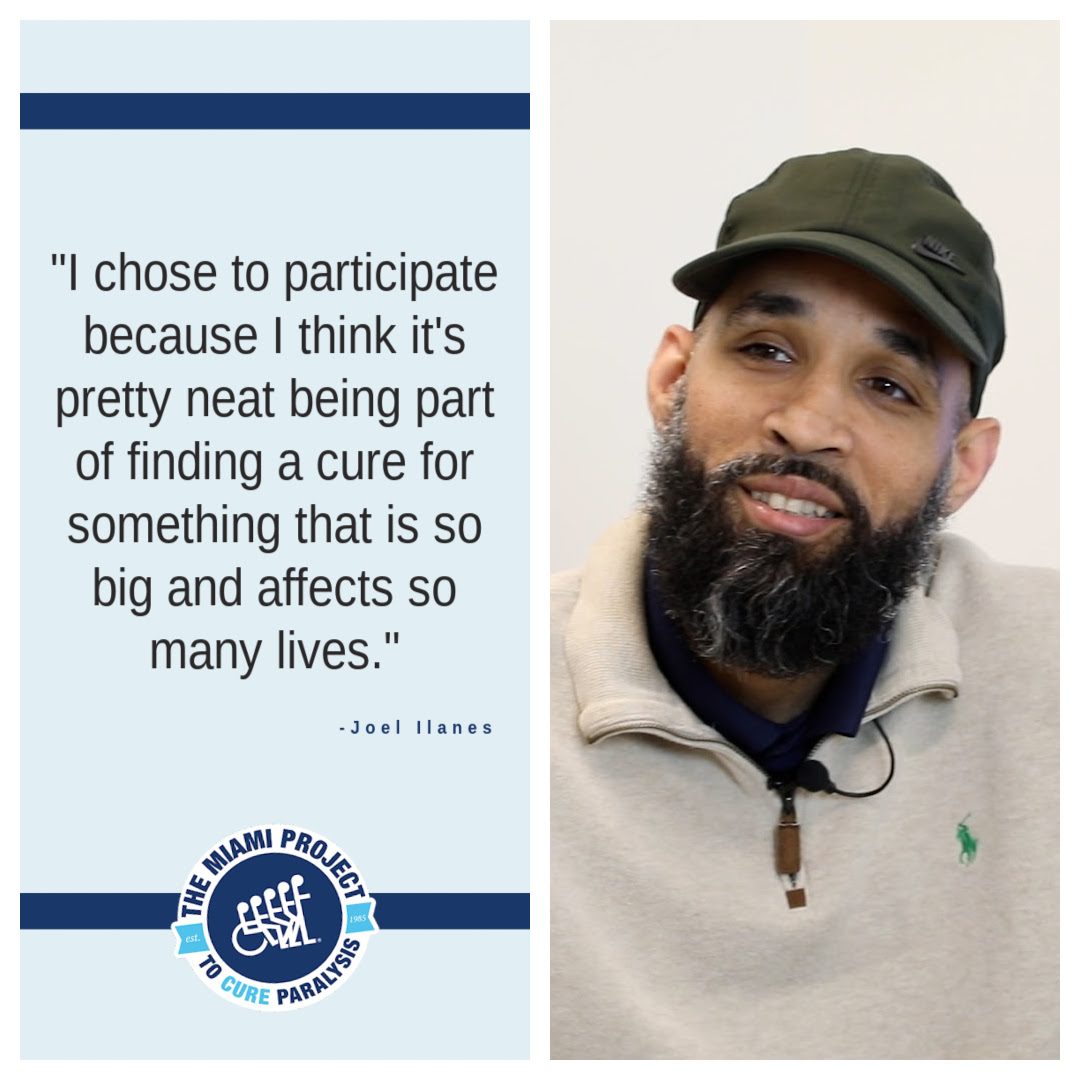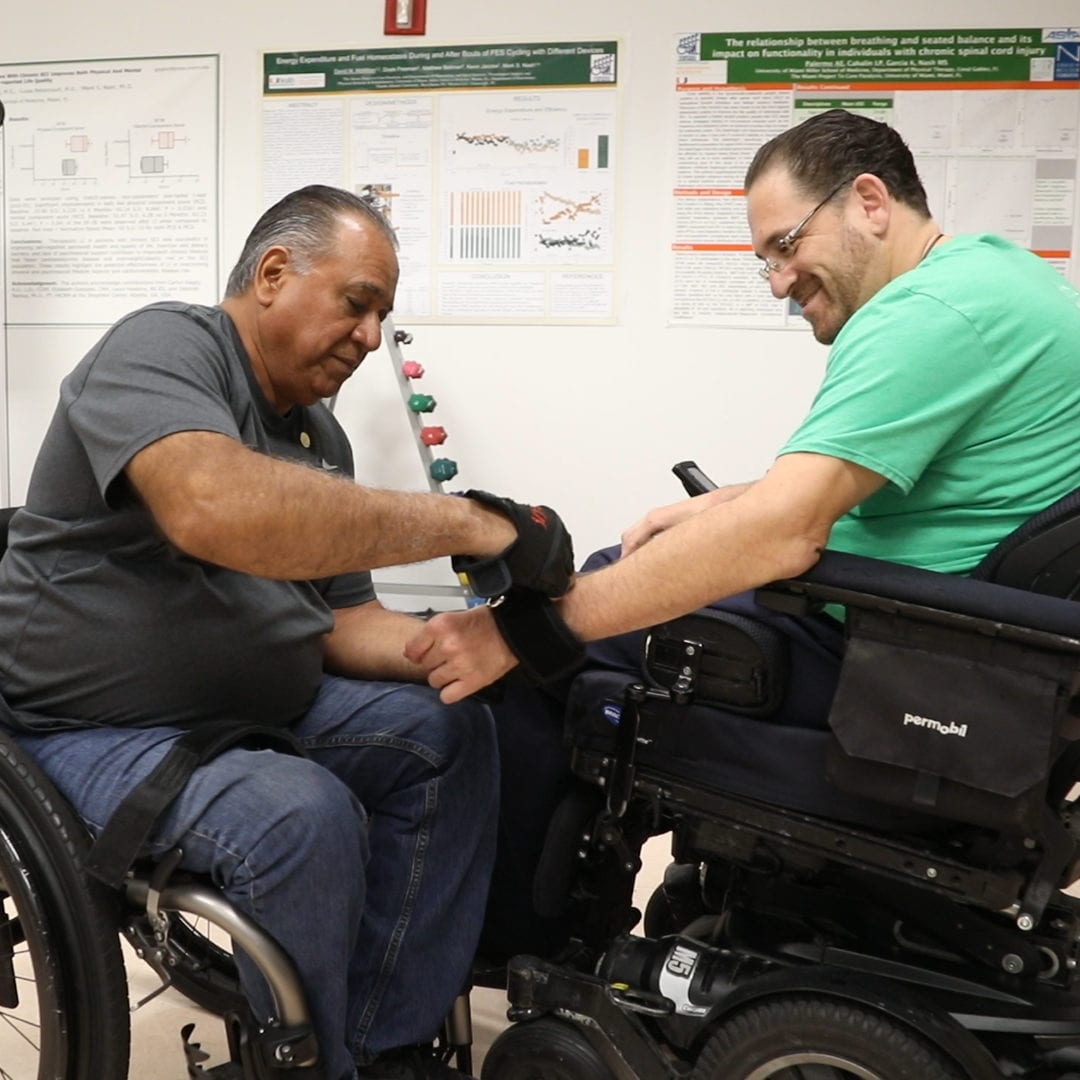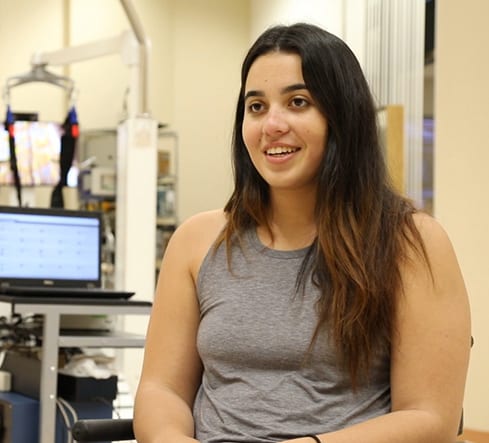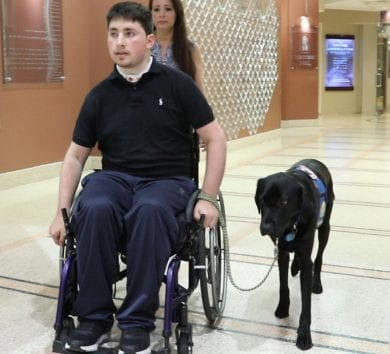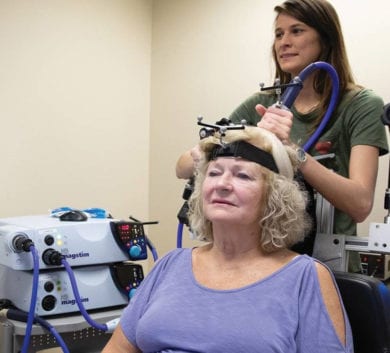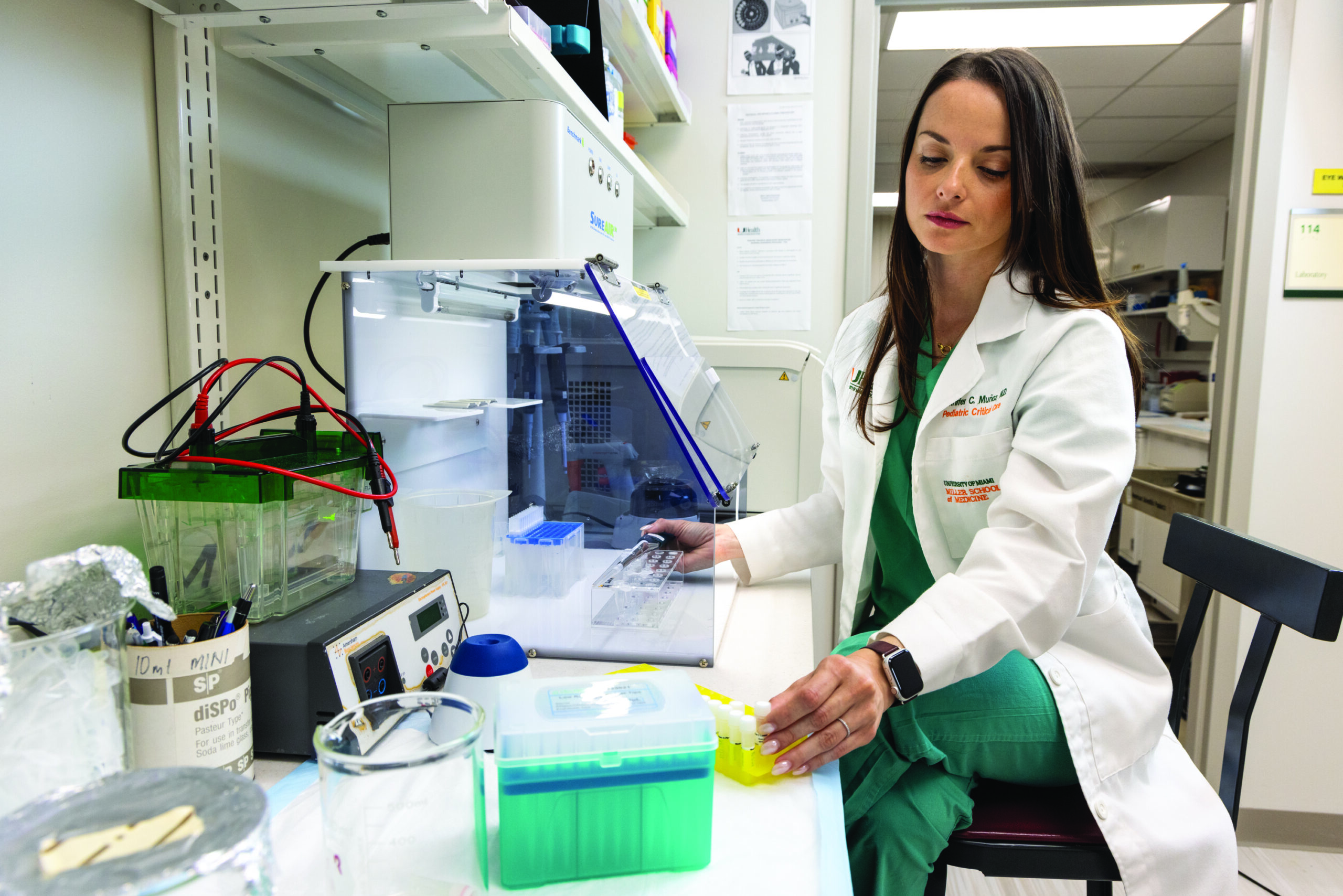Life Changing
Science
Our team of scientists, researchers, clinicians and staff work tirelessly to achieve extraordinary scientific progress in our quest to find a cure for paralysis.
The Education department provides information about research programs, clinical studies, resources for living with paralysis, rehabilitation resources, clinical care referrals, and advice on worldwide investigational treatments and research. They also offer educational tours, lectures and additional outreach events to promote scientific awareness.
Watch our latest video highlighting the incredible research at The Miami Project.
RISE UP video


